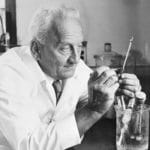
Albert Szent-Györgyi,
An American biochemist of Hungarian origin.
Winner of the Nobel Prize in Physiology or Medicine (1937)
Aquator > What is Aquator?
"The one who learns to control the properties of water will control the world"

Albert Szent-Györgyi,
An American biochemist of Hungarian origin.
Winner of the Nobel Prize in Physiology or Medicine (1937)
Aquator is a technology of informational management of physiological processes of living organisms.
It got its name from the name of the device, which is a key element of this technology. The Aquator device was developed by East-European scientists in the early 2000 and patented in the Russian Federation with priority from December 2004 (RF Patent No. 2297392).
For more than 20 years of work on the Aquator technology and testing at agricultural enterprises in 6 countries, its team has managed to achieve the following results:
• increasing the productivity of agricultural production – by 50% or more in crop production and up to 20% in animal husbandry
• renouncing the use of synthetic drugs
• quality management of manufactured products
• increase in the shelf life of products
• reduction of labor costs for production
• obtaining a significant additional profit of the agricultural enterprise
This innovating technology is based on a universal, objectively existing phenomenon of nature – the ability of water to perceive and remember information about all contacts with objects of the surrounding world. This phenomenon has been called information transfer and has been known for a long time, although its existence is not recognized by representatives of orthodox science. However, it has been successfully exploited for two hundred years by the followers of the German physician Samuel Hahnemann, known as the founder of modern homeopathy.
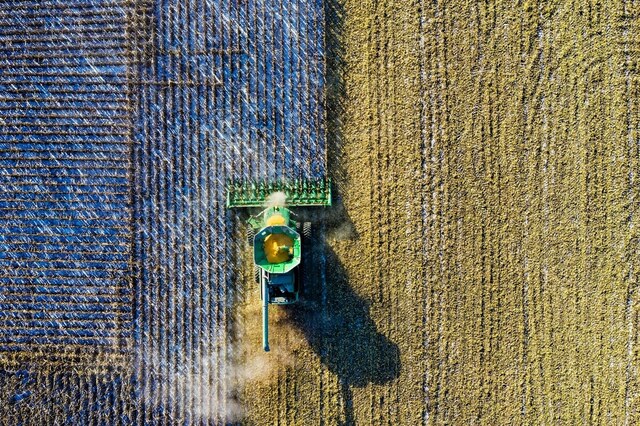
"Aquator" is the winner of the international ecological award ECOWORLD-2018
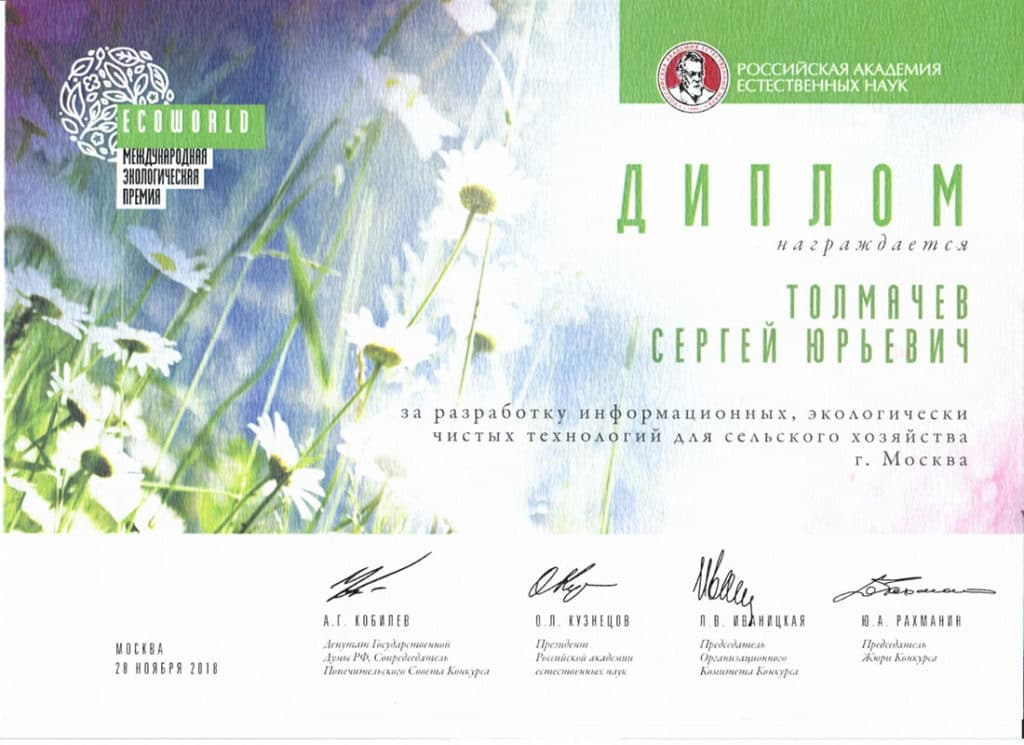
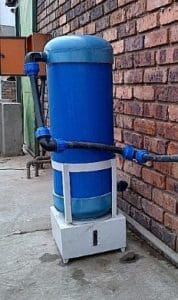 Aquator water treatment module at a pig farm in South Africa
Aquator water treatment module at a pig farm in South Africa
thanks to the use of Aquator innovative technology
By 50% or more in crop production
up to 20% in animal husbandry
2001
Theoretical research and laboratory experiments.
2003
The 1st generation device development and the beginning of tests on wildlife objects using liquid-phase matrices.
2007
Patent for the Aquator device received. The first tests of the Aquator technology at the Kuban State Agrarian University.
2008
The first public presentation of the technology at the Kuban Estate - 2008 show.
2010
Development of the Aquator device of the 2nd generation and transfer of technology to solid-phase matrices.
2013
The first tests of the Aquator technology outside Russia, under an agreement with the Farmers' Union of South Africa
2014
Development of a 3rd generation device (intelligent version).
2015-now
Implementation works in the fields of farming, food industry, sports nutrition and healthy lifestyle in Russia, South Africa, Hungary, Serbia, Bulgaria, Czech Republic, and South Korea.
In his fundamental work “Organon of Medical Art”, published in 1810, Hahnemann described a simple practical procedure for transferring the properties of medicinal substances to ordinary water. This procedure is called potentiation. In the process of potentiation of homeopathic preparations, there is a simultaneous transfer of the properties of biologically active substances (BAS) to water and a decrease in the concentration of the substance itself in the solution due to its step-by-step dilution. In the practice of preparing homeopathic medicines, both decimal and hundredth dilutions are used. At the 24th decimal dilution of the molar mass of the substance, not a single molecule remains in the solution. And modern homeopathy successfully uses drugs that have the thirtieth, sixtieth and greater degrees of dilution. At the same time, it turns out that the influence of homeopathic drugs with high potentials on the state of human physiology is especially effective. Water that has undergone the potentiation procedure becomes a carrier of information about the properties of BAS and is called activated.
As a rule, it is delivered to the patient’s body in a container known as “sugar grits”. Each granule of a homeopathic preparation carries several micro drops of activated water, which turns out to be quite enough for the required effect on the patient and starting the processes of correcting his physiological state.
The potentiation procedure proposed by Hahnemann is a manual and rather time-consuming technology for transferring information about properties (BAS) to water. For this reason, a small volume of activated water, which is produced by homeopaths, is only enough to meet the needs of their own medical practice. Due to the fundamental limitations on the volume of activated water preparation, for all two hundred years of the existence of homeopathy as an independent direction in medicine, the question of the possibility of applying an information approach to the management of physiological processes of other living organisms (for example, agricultural plants or animals) has not even been raised. And only recently, with the creation of technical devices called reprinters, it has become possible to use the methodology of information transfer to control the physiology of any living organism without exception.
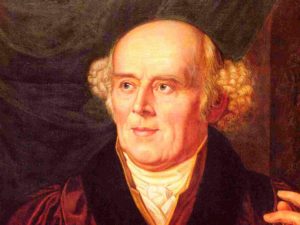
Samuel Hahnemann, German physician, founder of homeopathy

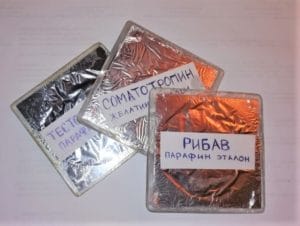
Matrices
A reprinter is a technical device used to purposefully transfer the properties of BAS to water or aqueous solutions. The Aquator device is a highly productive reprinter capable of producing up to 10 tons of activated water per hour.
In the process of water activation, the device itself is directly used, as well as the BAS matrix. The matrix is a container whose working surface is protected by a metal foil. A neutral substance is poured inside the container, usually either gelatin, paraffin, or Carnauba wax. On this substance, using a special technology, the properties of BAS are “recorded”. In order to further identify the matrix, a label is pasted on it.
The process of transferring the properties of BAS occurs in a non-contact way due to the fact that an ethereal channel for transmitting information is provided in the design of the device. The radiation generated by the device passes through the BAS matrix, and modulated by the matrix, falls on a container with water. Under the influence of radiation, water acquires and stores information about the properties of a substance. The water obtained in this way is then used to influence wildlife objects, for example, for watering, spraying plants and for watering animals.
To obtain industrial volumes of activated water, the Aquator device with a matrix is used as part of a module that also includes a flow storage tank. The photo shows examples of the module implementation.
The Aquator technology is universal and can be used to solve any problem related to the management of the physiology of living organisms. Its implementation does not require additional financial costs, while its consumer receives a high additional profit.

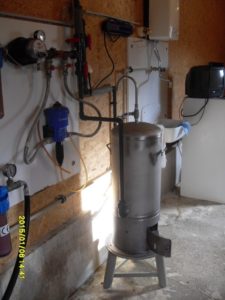
Aquator water treatment modules at a pig farm in Mpumalanga province (South Africa) and a poultry farm in the Zala region (Hungary).